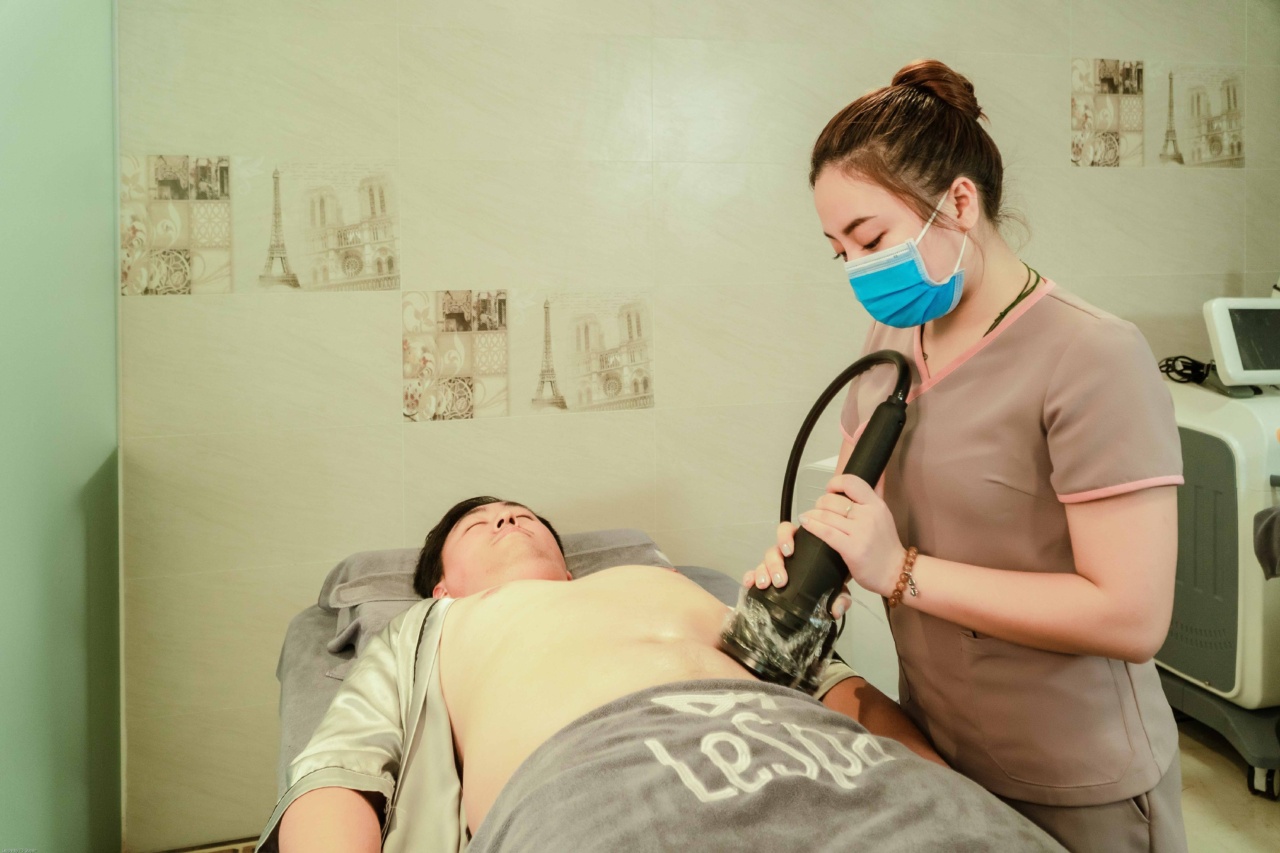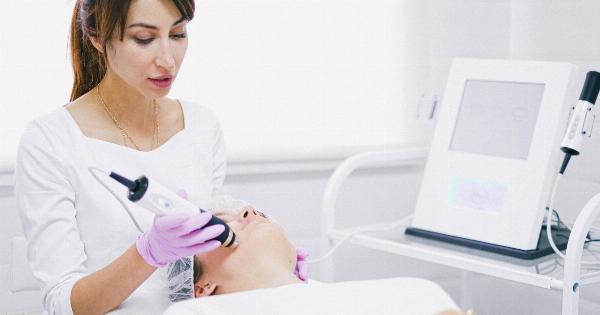Varicose veins are a common condition that affects millions of people worldwide. These enlarged, twisted veins not only affect the appearance of your legs but can also cause pain, discomfort, and other complications.
While there are various traditional treatment options available, a revolutionary approach to varicose vein treatment is gaining popularity for its effectiveness and minimally invasive nature.
Understanding Varicose Veins
Before delving into the revolutionary approach to varicose vein treatment, it is important to understand the causes and symptoms of varicose veins.
Varicose veins occur when the valves in your veins become weak or damaged, leading to the pooling of blood and the subsequent enlargement and twisting of the affected veins. The most common symptoms of varicose veins include:.
- Visible, swollen veins that are dark purple or blue
- Aching, throbbing, or cramping in the legs
- Itching or irritated skin over the affected veins
- Swelling, especially in the lower legs and ankles
- Leg fatigue or heaviness
Traditional Treatment Options
Historically, varicose veins were treated using invasive procedures such as vein stripping and ligation. These procedures involved surgically removing or tying off the affected veins.
While effective, these treatments often resulted in significant pain, scarring, and long recovery periods. In recent years, less invasive procedures such as sclerotherapy and laser ablation have become popular alternatives. These treatments involve injecting a solution into the affected veins or using laser energy to close them, respectively.
While these options offer a less invasive approach, they still require multiple sessions and may not always be suitable for all patients.
The Revolutionary Approach: Endovenous Radiofrequency Ablation (EVRA)
One of the most revolutionary approaches to varicose vein treatment is Endovenous Radiofrequency Ablation (EVRA).
This minimally invasive procedure utilizes radiofrequency energy to close off affected veins, effectively treating varicose veins and improving symptoms. EVRA offers several advantages over traditional treatment options:.
- Minimal Discomfort: EVRA is performed under local anesthesia, ensuring minimal discomfort during the procedure.
- Rapid Recovery: Unlike traditional surgeries, EVRA requires minimal downtime, allowing patients to resume their daily activities within a day or two.
- High Success Rate: EVRA boasts a high success rate in treating varicose veins, with long-term results.
- No Scarring: The procedure is performed through a single small incision, resulting in little to no scarring.
- Minimal Side Effects: EVRA has minimal potential side effects and complications compared to traditional treatments.
The EVRA Procedure
The EVRA procedure typically takes around 30-60 minutes and is performed on an outpatient basis. Here is a step-by-step overview of the process:.
- Anesthesia: Local anesthesia is administered to the patient to numb the area where the procedure will be performed.
- Vein Mapping: The treating physician will use ultrasound technology to map the affected veins.
- Catheter Insertion: A small incision is made, and a catheter is inserted into the vein under ultrasound guidance.
- Radiofrequency Ablation: The catheter delivers radiofrequency energy into the vein, heating and closing it off. As the catheter is slowly withdrawn, the vein is sealed completely.
- Recovery: Once the procedure is complete, the incision site is covered with a bandage, and the patient can return home.
Post-Procedure Care
While EVRA offers a rapid recovery period, it is essential to follow certain post-procedure care instructions provided by your healthcare provider. The following guidelines are often recommended:.
- Wear compression stockings to promote proper blood flow and reduce swelling.
- Avoid strenuous activities and heavy lifting for a few days following the procedure.
- Take prescribed pain medications as needed and directed by your healthcare provider.
- Elevate your legs whenever possible to reduce swelling and discomfort.
- Follow-up with your healthcare provider for any necessary post-procedure check-ups or follow-up treatments.
Is EVRA Right for You?
While EVRA is a revolutionary approach to varicose vein treatment, it may not be suitable for everyone. Your healthcare provider will evaluate your condition and medical history to determine if you are a suitable candidate for EVRA.
Factors that may affect your eligibility for EVRA include:.
- Existing medical conditions or medications that could interfere with the procedure
- Pregnancy or planning to become pregnant in the near future
- History of blood clotting disorders
- Severe obesity
- Significant skin infections or wounds near the affected area
It is crucial to openly communicate with your healthcare provider and address any concerns or questions you may have regarding the procedure.
Potential Risks and Complications
While EVRA is generally a safe procedure, like any medical intervention, it carries some potential risks and complications. These can include:.
- Temporary bruising, discomfort, or tenderness at the incision site
- Phlebitis, which is inflammation of the treated vein
- Temporary numbness or tingling around the incision site
- Allergic reaction to anesthesia or other medications
- Infection, although rare
It is essential to discuss these risks with your healthcare provider and carefully weigh them against the potential benefits of EVRA.
Conclusion
The revolutionary approach of Endovenous Radiofrequency Ablation (EVRA) has transformed the treatment of varicose veins.
With its minimally invasive nature, rapid recovery, and high success rates, EVRA offers an alternative to traditional treatment options. If you’re struggling with varicose veins, consult with a healthcare professional to determine if EVRA is the right solution for you.





























